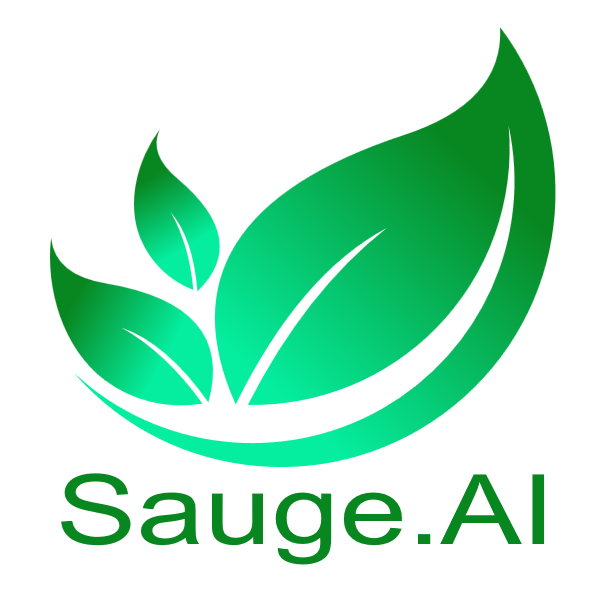Real Time Software Engineer - Job Opportunity at Bertin Alpao
Benefits
Key Responsibilities
Requirements
Education
Experience
Required Skills
Sauge AI Market Intelligence
Industry Trends
Role Significance
Key Projects
Success Factors
Market Demand
Important Skills
Critical Skills
Beneficial Skills
Unique Aspects
Career Growth
Potential Next Roles
Company Overview
Bertin Alpao
Bertin Alpao operates as a specialized subsidiary within the broader Bertin Technologies group, focusing exclusively on adaptive optics solutions with a strong emphasis on innovation and cutting-edge research applications. The company has established itself as a key technology provider for some of the world's most prestigious scientific institutions and has contributed to Nobel Prize-winning research, indicating exceptional technical capabilities and market recognition.
Data Sources & Analysis Information
Job Listings Data
The job listings displayed on this platform are sourced through BrightData's comprehensive API, ensuring up-to-date and accurate job market information.
Sauge AI Market Intelligence
Our advanced AI system analyzes each job listing to provide valuable insights including:
- Industry trends and market dynamics
- Salary estimates and market demand analysis
- Role significance and career growth potential
- Critical success factors and key skills
- Unique aspects of each position
This integration of reliable job data with AI-powered analysis helps provide you with comprehensive insights for making informed career decisions.
